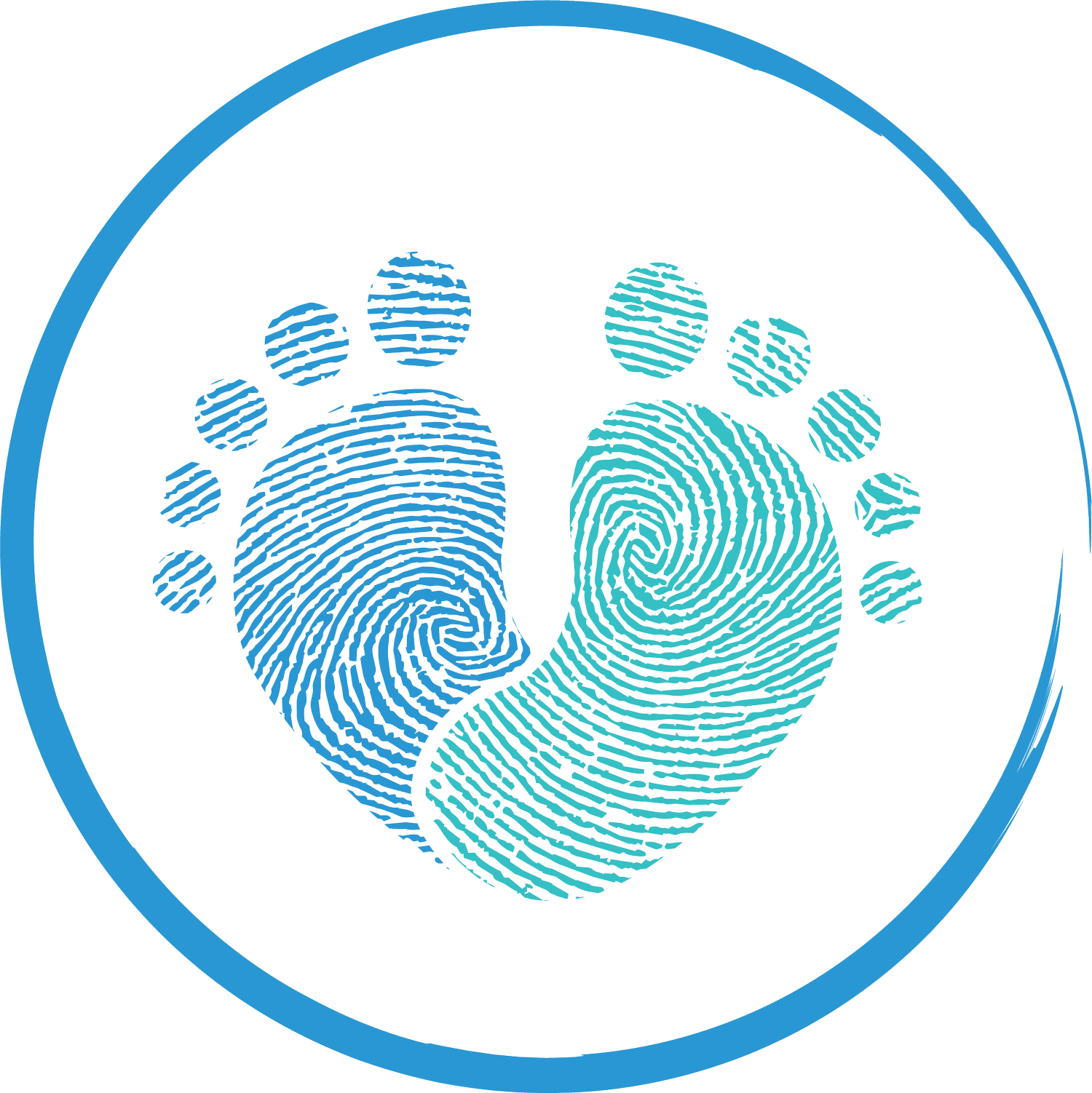Hop! The Significance of Hopping
So your child recently learned to hop… cute, right?
Well YES, but, not only is it cute, it’s actually a vital skill! Development of gross motor skills in childhood is very important for your child’s overall health and happiness. Gross motor skills are a set of specific abilities involving the extremities, hands, and feet that serve as the foundation for more complex movement. This means your child will be able to go from jumping, hopping, and running to jumping rope, playing hopscotch, skipping and even galloping!
Hopping is usually first attempted at 3 years old. Once your toddler is able to walk and go up and down stairs, your toddler will begin to explore more involved movements like jumping and eventually hopping. Jumping usually starts at 2 years old and is important because it helps develop balance, strengthen leg muscles and bones, and motor planning. In order to complete a jump, your toddler will bend their knees and push off on their toes to land using lower extremity muscles. In addition, your toddler will start learning how to jump, where to land, how much power is needed to jump, and to judge distance.
Hopping on the other hand, will require for your toddler to balance on one leg and create enough power to hop, clear the ground, and land all while still balancing on the one leg. This is referred to as dynamic balance and develops over time from single hops at 3 years old, to 4-6 hops in a row at 4 years old and eventually, hops on either foot by 5 years old.
How can you help your child hop?
Try holding their hands and asking them to hop this way, first landing on both feet and working up to one foot
Lend your arm as support to your child as they hop.
Make two lines a short distance apart. Get your child to count the hops from one line to the other.
Arrange markers on the ground and have your child hop over a short distance.
Don’t forget…practice makes perfect!
Primary school age is a good time to monitor how your child’s gross motor skills develop during play. However, if your child still seems to be displaying difficulties, your child could have joint hypermobility, abnormal foot posture, low muscle tone/ strength or flexibility issues. It is always a good idea to have your child evaluated by a Podiatrist to ensure your child does not miss a beat…or hop!


